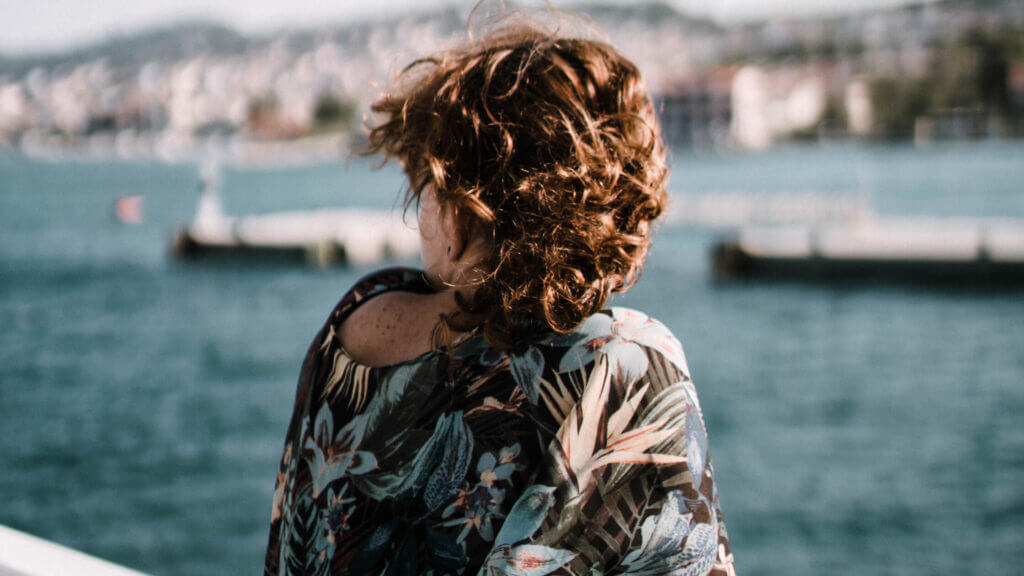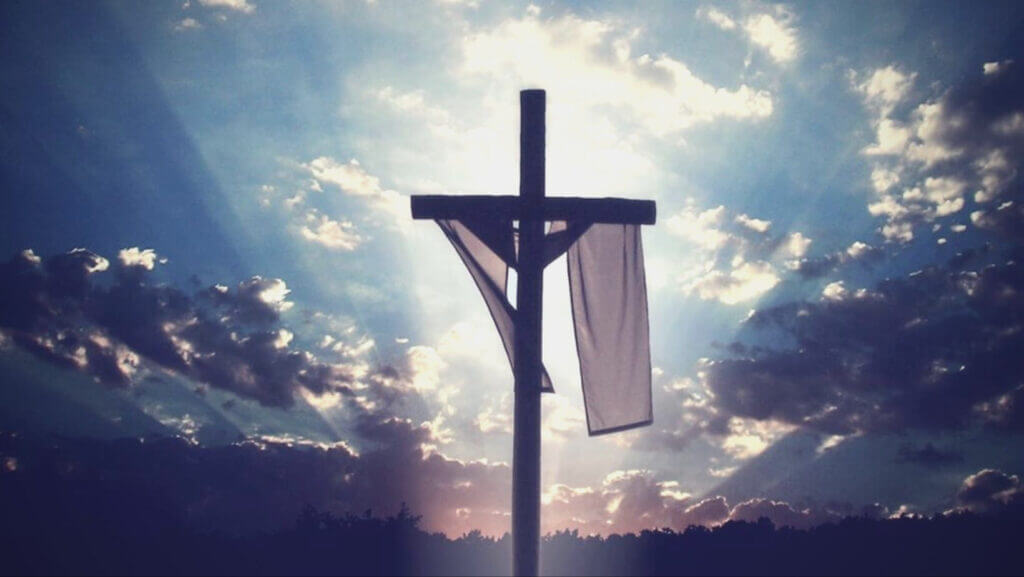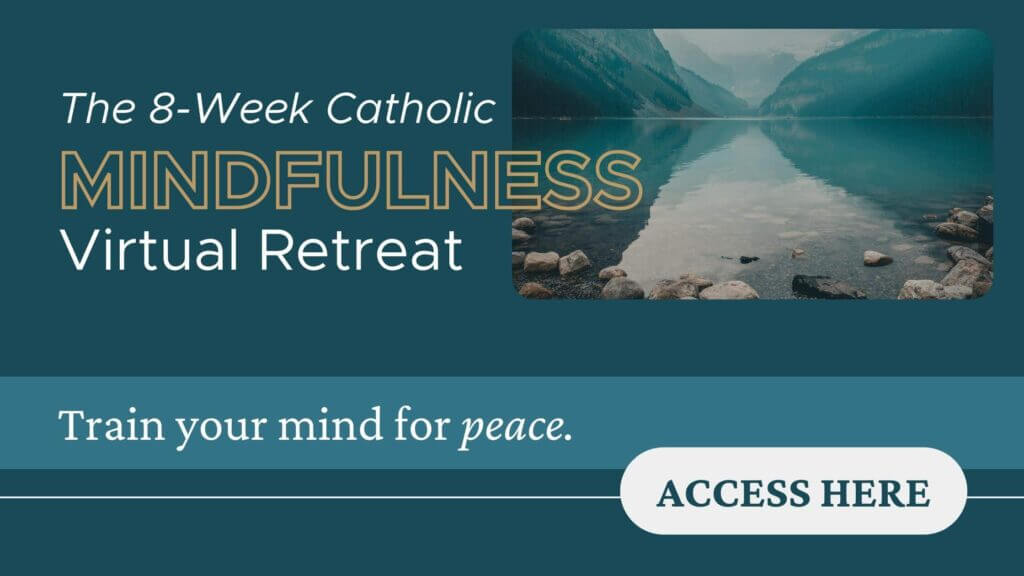
Guest blog post by Lindsey Peppers, continued from Part One…
How I found Catholic Mindfulness
Some of the meditation authors/speakers I listened to dabbled in eastern or New Age spiritualities that I knew were often in contradiction with my Catholic faith.
I had made the mistake of falling into some of these practices earlier in my journey to find pain relief (they run rampant in the chronic pain community) and did not want to go down this path again…
To make a long story short, this stumbling block got me off track…and then COVID hit and of course, things got even crazier. My anxiety and pain hit its climax.
I knew I needed to get back on track with some of the mind-body principles I had learned.
One day soon after making this resolution, I stumbled upon the book The Mindful Catholic and listened to the audio version all the way through. (I’m now taking the Introduction to Catholic Mindfulness course while re-listening to each chapter and actually implementing the practices in my life, week by week.) I’m truly learning and benefiting from it all so far, even though I’ve barely begun Week 2.
A lot of this information is familiar and reinforces what I’ve learned about the mind-body connection in the past. Dr. Greg Bottaro discusses how we often don’t respond to reality, but reality through our own developed filters or “a veil of interpretation.”
While these filters have a practical use in living our day-to-day lives, they can often culminate in repetitive, unhealthy thought patterns that are not reflective of God’s reality.
For instance, when I sat in that doctor’s office nearly 5 years ago, my mind was rapid-firing negative thought patterns, “I’m so pathetic for crying right now. I look like such an idiot. I’m spiraling out of control. My migraines will never get better.”
Part 2 of this particular day was a nasty migraine that very night. And is it any surprise? I’m sure I had an abundance of stress chemicals being released at my every thought. Adrenaline and cortisone would be helpful if instead of sitting at a doctor’s office, I was being chased by a ravenous lion. But seeing how I wasn’t actually in any physical danger, this only hurt me more.
I was already at a low place at that doctor’s appointment (hence, the tears), but suddenly, after fully believing these negative thought patterns, I had a whole host of other problems that also needed to be solved: I needed to be tougher– and less of an idiot– and never show my vulnerability because everyone would know I was crazy!
Mindfulness is a reset button.

The exercises are a “pause” button from racing, negative thought patterns.
Better yet, I enjoy how Dr. Greg calls it an “override” option. For anyone like myself, who suffers from excessive worrying, this truth– that we do not have to be slaves to our thoughts– means the hope of a freedom we didn’t think was possible.
We can acknowledge and then choose to turn away from untrue thoughts if we wish. We can choose what we pay attention to. And best of all, there are practical exercises we can perform daily in order to learn how to do so.
I accept I likely still have a long journey until I see a significant reduction in my daily pain, but the book, The Mindful Catholic, and this introduction course is really helping me fill in the gaps of what I know about the mind-body connection.
Dr. Greg describes mindfulness as a psychological practice, not an inherently spiritual one. Mindfulness is simply paying attention to the present moment without judgment or criticism. We know it works to relieve anxiety and lessen chronic pain due to scientific studies.
One does not necessarily need to know why it works in order to benefit from its effects.
Trying to answer the ultimate “why” brings us into spiritual territory. Buddhists have their own theories, and as Catholics, we have our own specific way of understanding why mindfulness helps us.
How Christ plays a healing role in Catholic Mindfulness
This is my favorite part: Mindfulness is about reminding the mind that danger is perceived and that we are safe. Mindfulness works from a Catholic standpoint because we are, in fact, safe. We have an all-loving and all-powerful father who cares deeply for us.
Being a Christian is acknowledging that in the end, all will be well. That’s why Christ came. All the wrongs will be righted and ultimate justice will reign eternally.
Those who love God will be with Him forever. No matter what panicked thought races through my mind, could there possibly be a more compelling, beautiful reality to turn my attention to instead?
I think back to the ways learning about the mind-body connection by secular authors had helped me in the past. It was helpful to remind myself that when I felt pain, there was nothing structurally wrong that was causing my pain. I knew this through the many tests I had undergone and doctors I had seen. There was (and still is) a little safety in that knowledge.

However, there is a serious limit to this. Someday– hopefully not for a while– there will be something physically wrong with me and that will cause me to die. While it’s helpful to remind myself I’m likely not currently in imminent danger, I shouldn’t store all my hope in my earthly life because one day my body will fail me.
Catholic Mindfulness properly reorders our priorities and allows for a more meaningful peace once we remember the far more miraculous reality that awaits us after our earthly bodies die.
How does God see each of us?
I’ll close with one more essential purpose of Catholic Mindfulness: to try to see ourselves how God sees us. God doesn’t have to rely on a “veil of interpretation” to see any of His creation for what it is– He sees reality more deeply than we can even imagine.
He sees us as His most beloved creation.
He sees our inherent, immeasurable dignity. He sees how He created us in His image. This isn’t some cheesy, modern notion of “self-love,” but a reverent recognition of God’s masterful design. Because of this reality, we have nothing to prove.
When we do good works and strive to grow in holiness, it’s not out of a need to prove our value, but to respond to the inherent value we already have (as Dr. Greg puts it).
I have no doubts that as I sat crying in the doctor’s office on that fall day, God was doing everything in His power to remind me of these unchanging and powerful realities.
I was raised Catholic and believed in my faith firmly, and yet, I was held captive by my own anxieties– and they were such cruel masters. I wasn’t trained in the art of choosing what thoughts to focus on, and the noise of my own self-criticisms was so loud that they drowned out the truth.
I had given into believing I was pathetic instead of a daughter of God. I had given into believing there was no hope for me when Jesus had died so I could have hope. And while it’s sad I had given into these lies at the time, what a beautiful gift to be able to recognize the truth now.
What a joy to know that I can take this experience and use it as a lesson to grow closer to Christ and confidently embark upon this new phase of my healing journey. As Dr. Greg explains in his first lecture– as it turns out, fundamental trust in God’s goodness often improves our health, which to us Catholics, is hardly a surprise.
About the Author:
Lindsey Peppers lives with her husband and adorable kitty in a suburb between Boulder and Denver, Colorado. While she used to deeply enjoy teaching middle school English at a local Catholic school, she unfortunately had to stop working in a traditional setting due to chronic migraine.
These last few years, she’s been slowly learning how to surrender unexpected adversities to God and be productive in unique ways. She enjoys writing along with designing and crocheting saint dolls.

If you found this blog post helpful check out these other articles:

